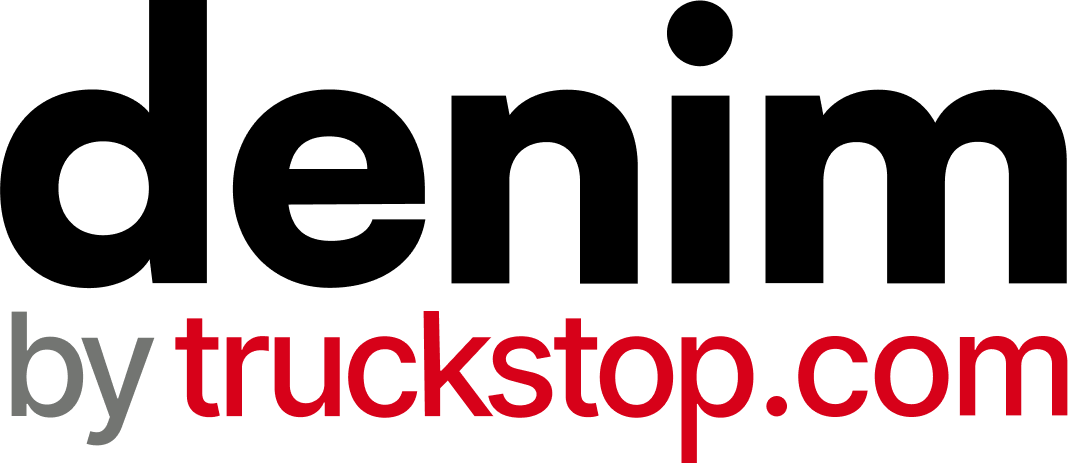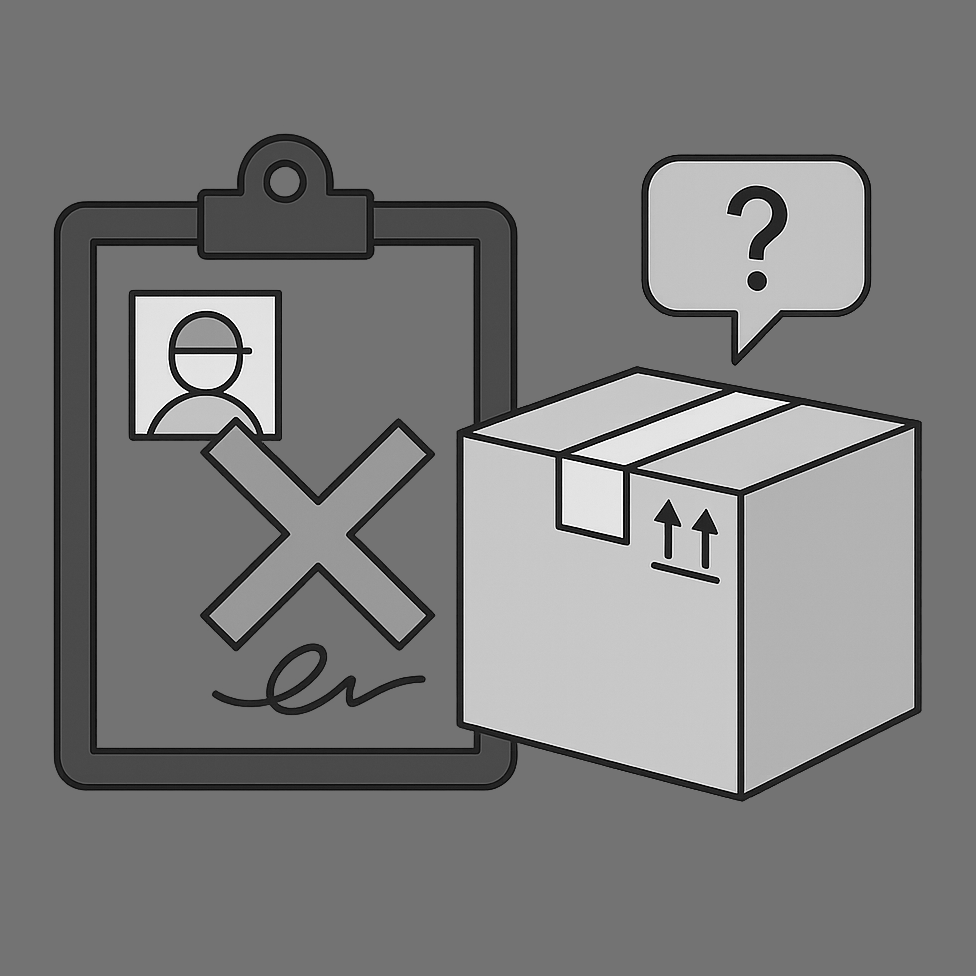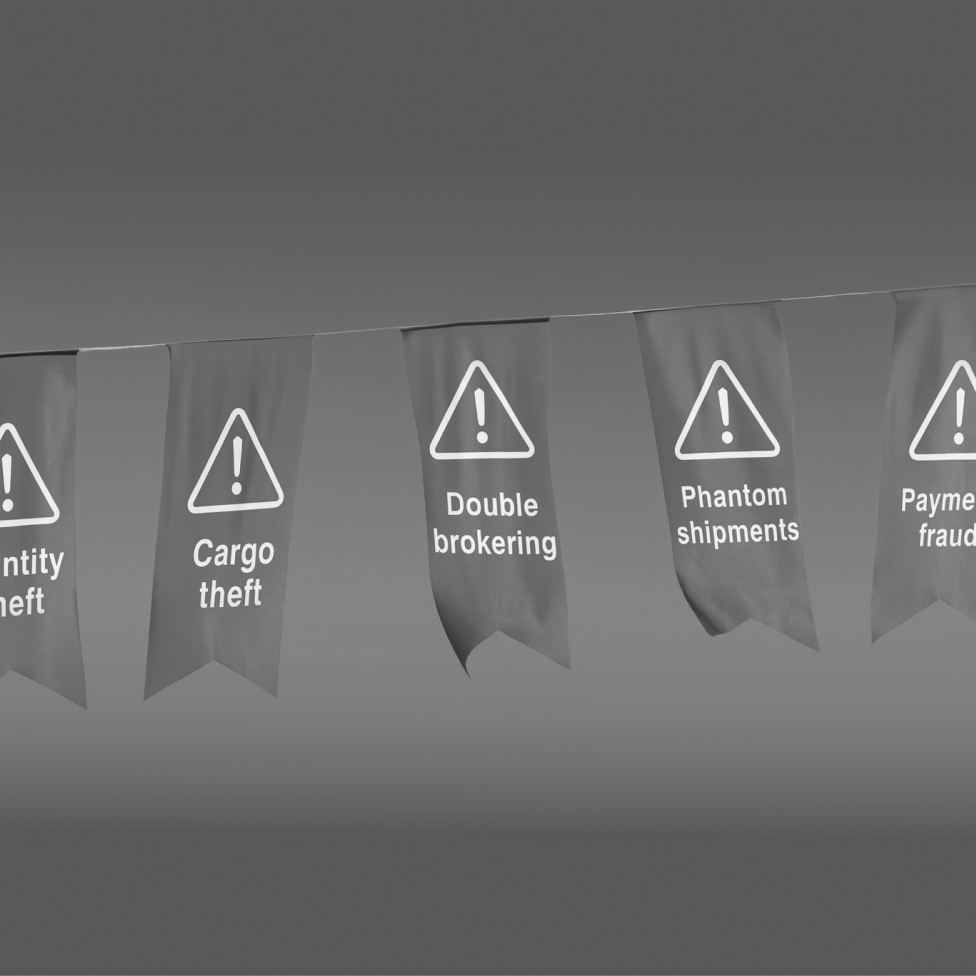Proof of delivery (POD) is more than just paperwork. It is what ensures freight brokers get paid. But as freight fraud becomes more advanced, scammers are finding new ways to fake PODs, claim false deliveries, and disrupt operations for brokers across the industry.
According to the Transportation Intermediaries Association (TIA), nearly one in four freight brokers has lost over $200,000 to fraud in just six months. Small and mid-sized companies are often hit the hardest.
With unlawful brokers and fake carriers on the rise, it is more important than ever for you to know the warning signs.
This article will break down the most common red flags of POD fraud and offer practical tips you can use to spot fake delivery documents, protect your payments, and reduce risk. By learning what to watch for in paperwork, you can better protect your cash flow, your reputation, and your business relationships.

Stop scams before they start with the freight fraud identity theft checklist.
1. Signs of digital tampering
Many fraudulent PODs start as real documents but are altered to change key details. A scammer might change delivery dates to trigger early payment or swap out names and signatures to match a fake carrier.
Look for signs like:
- Inconsistent pixelation or blurring around dates, names, or signatures
- Misaligned text or uneven background shading
- Fuzzy or duplicated company logos that look copy-pasted
If you’re reviewing a PDF, check the file’s metadata. See when it was created or last modified and what software was used. A file recently edited in Photoshop or similar tools should raise a red flag because it may have been tampered with to collect payment on a load that was never delivered.
2. Sketchy document created or modified dates
A legitimate POD is usually created soon after delivery. But scammers sometimes adjust the file’s creation or edit date to cover their tracks or push through a fake payment. These are common signs of freight fraud.
Be cautious if you notice:
- The POD’s file creation date comes after the invoice was submitted
- The file was created or modified at unusual hours, like 3 AM, in a time zone that doesn’t match the carrier or consignee location
Small timestamp mismatches can happen for harmless reasons, like processing delays. But repeated or unexplained inconsistencies should prompt a closer look to avoid paying on a fraudulent load.
3. Timeline errors between delivery and pickup
A forged POD often slips up when it comes to delivery times. Scammers may fake a delivery timestamp to speed up payment or cover for a load that was never picked up or dropped off.
Watch for:
- Delivery times that fall outside your expected window
- POD timestamps showing delivery before the pickup even happened
- Conflicts between POD times and GPS or ELD tracking data
Whenever possible, compare the POD timeline against your dispatch records or tracking systems. Timeline mistakes are one of the easiest ways to catch a fake.
Denim’s automated solutions streamline your back-office operations. Explore our solutions to see how Denim can help your business scale efficiently.
4. Wrong carrier or driver information
Fraudsters sometimes swap carrier or driver details on a POD to cover up unauthorized handoffs or fake deliveries. This can happen in cases of double brokering or when someone impersonates a legitimate carrier.
Watch for:
- Carrier names that don’t match the MC or DOT number you have on file
- Driver names that weren’t assigned to the load
- Missing or incorrect vehicle or trailer numbers
If something feels off, take a moment to run an MC checker or DOT lookup to confirm the carrier’s credentials. Tools like MC checkers and DOT verification services help confirm you are working with legitimate carriers. Verifying these details helps you avoid paying a party who had no part in the delivery.
5. Suspicious descriptions or weight claims
Scammers sometimes rely on vague details when faking a POD. This can happen if they copy-paste from another document or invent information without knowing the real shipment.
Watch for:
- Generic terms like “freight” instead of listing the actual commodity
- Weights that don’t make sense, like a 46,000 lb. load listed on a box truck
- Commodity descriptions that don’t match the bill of lading or dispatch records
When you see details that feel off, it’s worth checking against your original paperwork. Inconsistent descriptions can be a sign the POD was altered or borrowed from another load.
6. Incomplete or messy recipient details
At delivery, the consignee should provide a signature and some basic information. Fraudsters may skip or fake these details to rush payment or hide that the delivery never happened.
Watch for:
- Missing printed name or company name
- Illegible or clearly fake signatures, like a quick scribble or single squiggle
- No contact information or way to reach the person who signed
If anything looks suspicious, follow up directly with the consignee to confirm they received the shipment. A quick check can help you avoid paying on a load that was never delivered.
There's a better way

POD fraud isn’t just a back-office issue. It can affect your cash flow, damage relationships, and hurt your reputation. No single red flag confirms fraud, but spotting several at once should always prompt a closer look.
You can strengthen your defenses by building good internal habits. This includes training your team to review PODs carefully, comparing them to dispatch and tracking data, and having a clear process for escalating concerns.
Along with these steps, using tools that combine document checks, MC and DOT verification, and fraud detection can give you an extra layer of protection. Denim supports these efforts with flexible payments, collections, and integrations with trusted fraud prevention partners, helping you protect your business from POD fraud and other freight fraud risks, and operate with greater confidence.
Want to strengthen your POD fraud defenses and protect your brokerage from freight fraud? Contact our team to learn how Denim can help.






